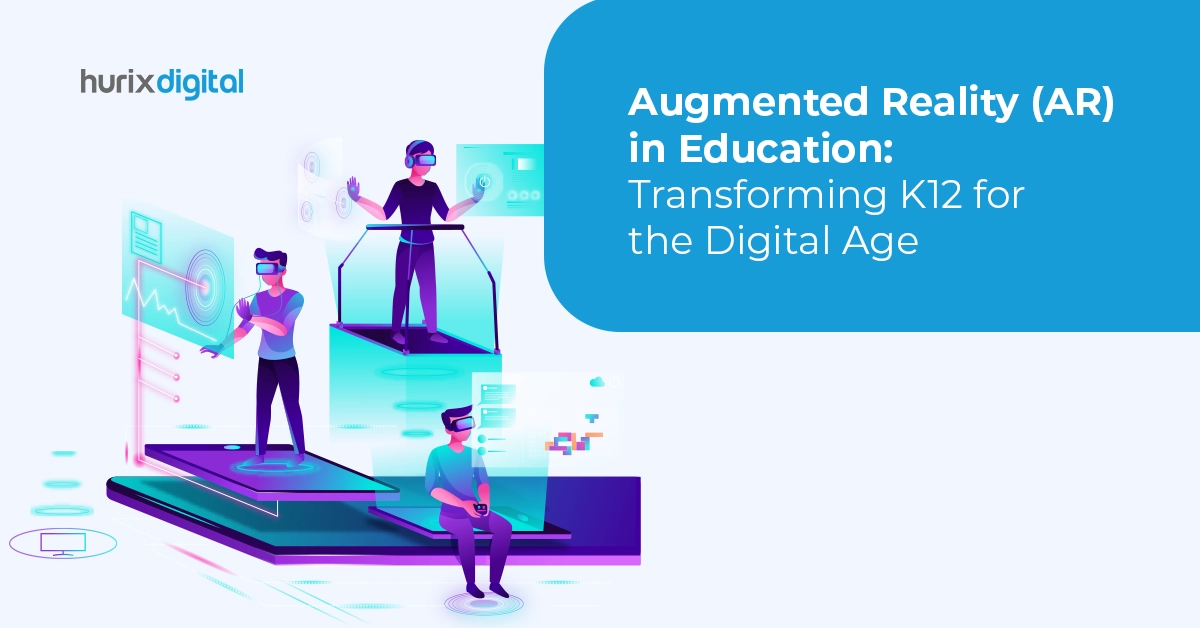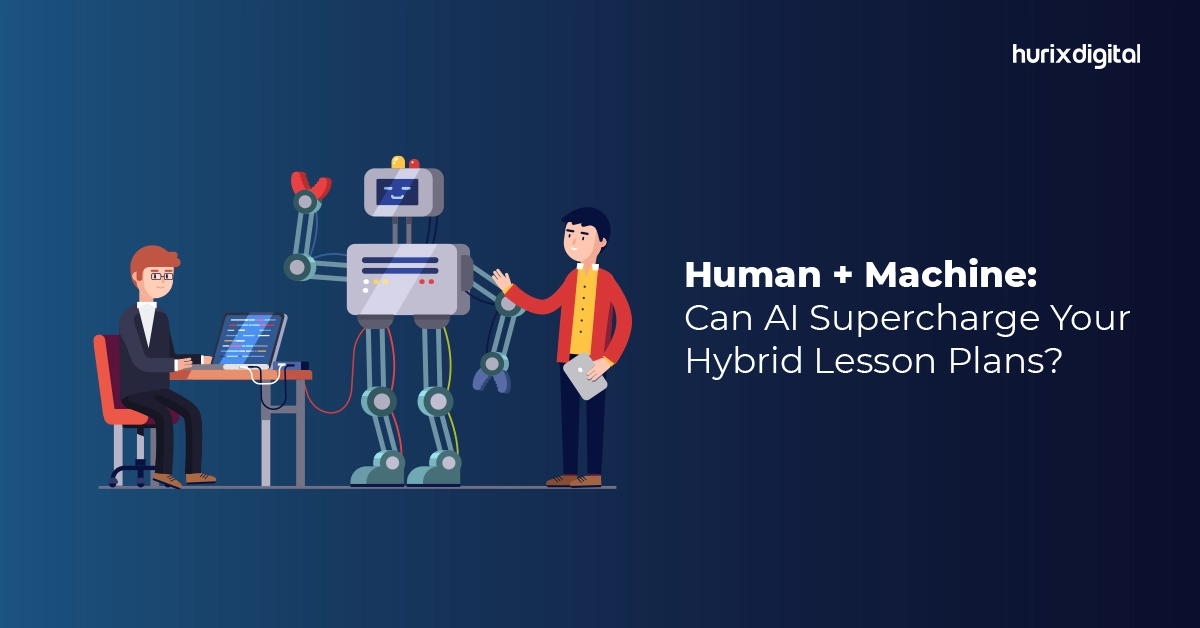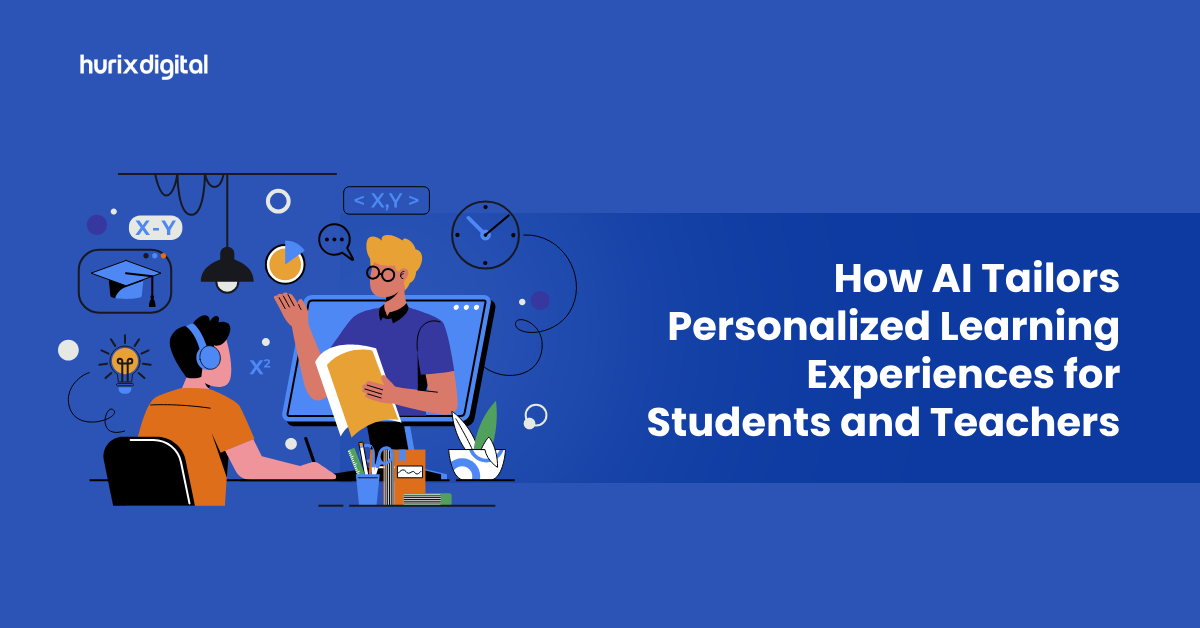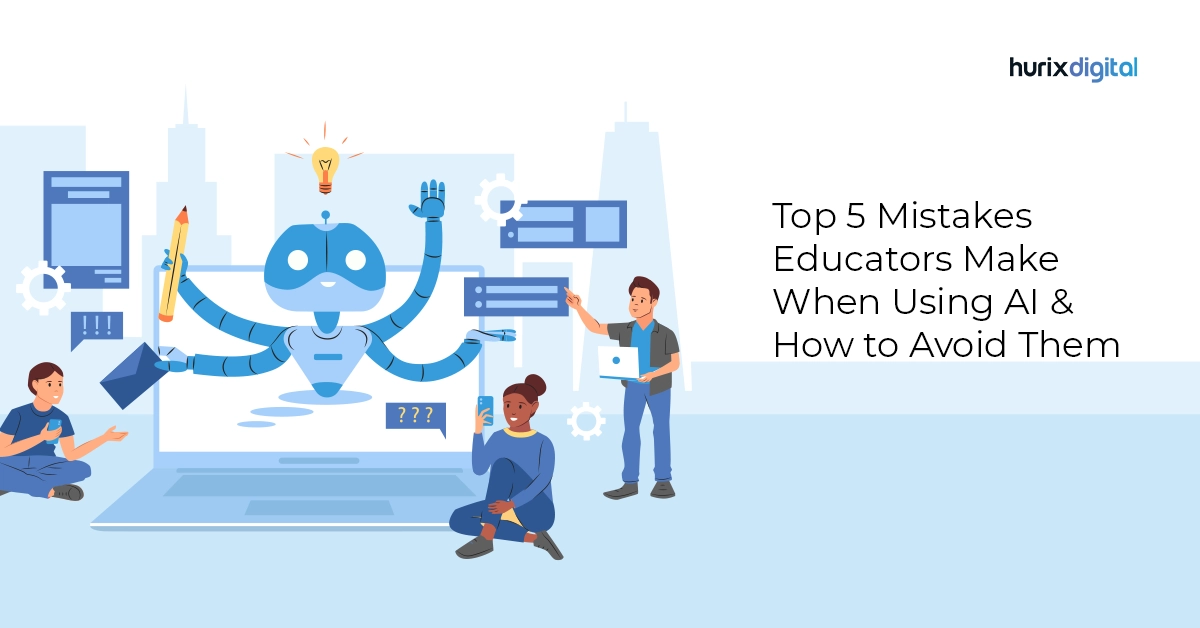Summary
This blog explores the top use cases of Augmented Reality in education. It highlights how AR can transform traditional learning experiences and how it is reshaping the learning landscape in 2024.
The education sector is continuously evolving in response to technological advancements. Consequently, the K–12 education sector is also facing the pressing need for transformation to keep pace with the demands of the digital era.
The prospect of learning is shifting towards immersive experiences, thus demanding innovative solutions to engage students. As a result, technologies like Augmented Reality (AR) are emerging as a symbol of advancement to revolutionize K–12 education and ed-tech solutions for schools.
In this blog, we will explore different cases of augmented reality in education to highlight how it is reshaping the K–12 learning landscape in 2024. Let’s dive in!
Table of Contents:
Top Use Cases of AR in K12 Education
The traditional methods of imparting knowledge often struggle to capture the attention of today’s tech-savvy generation.
Students are growing up in a world characterized by digital interactivity, and their educational experiences should reflect this reality. AR’s ability to overlay digital content onto the physical world holds immense potential to bridge the gap between traditional pedagogy and the changing needs of modern learners.
Let’s have a look at some of the most innovative and effective use cases of Augmented Reality in education:
1. Virtual Field Trips
AR offers the opportunity to reshape traditional field trips by providing immersive learning solutions virtually.
Through AR classroom applications, students can explore historical sites, museums, and natural wonders without leaving the classroom. This will reduce logistical challenges and costs while ensuring that all students have access to enriching educational experiences.
By augmenting the real world with Virtual Reality (VR) and AR in education, virtual field trips can captivate students’ interest and enhance their understanding of subjects.
2. Interactive Learning Materials
AR in K-12 curriculum can transform static textbooks and learning materials into dynamic and interactive resources. By scanning images with AR-enabled devices, students can unlock additional content, such as 3D models, animations, and quizzes related to the topic.
Furthermore, integrating AR into learning materials brings abstract concepts to life and makes learning more tangible and memorable. This fosters a more interactive learning environment that caters to different learning styles.
Also, AR can be tailored to accommodate individual learning styles and paces. Students can explore additional content at their speed, ensuring a personalized learning experience.
Adaptive AR applications can provide real-time feedback, adapting the difficulty of content based on students’ comprehension levels.
Also Read: Top 9 Steps to Create Interactive K12 Learning Modules
3. 3D Anatomy and Science Models
Augmented reality in education can significantly enhance the study of complex subjects like human anatomy and scientific phenomena. By superposing 3D science models onto textbooks or physical objects, students can explore these subjects in greater detail.
For example, biology classes can utilize AR to visualize organs and their functions. This will provide hands-on and immersive learning experiences that enhance comprehension and retention of scientific knowledge.
Cai et al. introduced an augmented reality simulation system designed for junior high school students. In this system, students could manage and bring together 3D models representing tiny particles within a simulated micro-world. This method helps students understand the basics of micro-worlds. The findings indicated that when AR is integrated with inquiry-based learning methods, it leads to better learning results and positive attitudes towards the subject matter.
4. Math and Geometry Visualizations
Similar to applications in scientific studies, AR is also effective in visualizing abstract mathematical concepts and geometric shapes.
For example, in geometry, AR technology can show 3D shapes and objects in a way that makes them look more real. It can also change shapes in real-time, making learning more interesting.
Utilizing this approach, Kaufmann and Schmalstieg created a tool called Construct3D for high school students. This tool uses AR and kinesthetic learning styles to help students learn by doing and improve their ability to understand and work with space, which is an important part of learning geometry.
5. Language Learning
AR can play a pivotal role in language education by providing contextual and interactive learning experiences. Language learners can use AR apps to scan objects or texts and receive instant translations, pronunciation guides, and additional cultural information.
Kucuk et al. did a study to understand how students feel about using AR along with regular textbooks for learning English. The results showed that students liked the combination of AR and traditional textbooks.
The study also found that students performed better while needing to put in less effort to understand the topics. This suggests that combining AR with traditional textbooks could be a great way to make English learning more enjoyable and effective for secondary school students.
6. Coding and Robotics
AR can be a valuable tool in teaching coding and robotics concepts by putting virtual code elements onto physical objects. Students can see the connection between code and real-world actions and facilitate a better understanding of programming principles.
Through AR learning experiences, students can experiment with coding in a virtual space before applying their skills to tangible robotics projects, thus promoting a seamless integration of theory and practice. This hands-on and visual approach to coding education makes the learning process more engaging.
7. Collaborative Learning Spaces
AR can enhance collaboration among students by creating shared virtual spaces where they can work on projects or solve problems together.
With AR-enabled devices, students can see and interact with each other’s contributions in real time, even if they are physically apart. This fosters a sense of teamwork and allows students to collectively explore concepts or create projects in an immersive digital environment.
Collaborative AR experiences encourage communication, critical thinking, and problem-solving skills, preparing students for the collaborative nature of the modern workforce.
Also Read: Elevate Your STEM Curriculum with AI: A Roadmap for K12 Schools
Bottom Line
Soon, augmented reality is poised to revolutionize K12 education technology by setting up a new era of personalized learning and heightened student engagement.
With AR, education becomes more tailored to individual students and accommodates diverse learning styles. This shift towards personalized and interactive learning experiences is expected to enhance student motivation and overall academic performance, ultimately reshaping K–12 education to meet the evolving needs of learners in the digital age.
Hurix Digital specializes in delivering e-learning solutions tailored for K12 education. Our team effectively applies instructional design models and theories to meet the unique requirements of our diverse clients.
We assist educational institutions in the creation and delivery of competency-based education that ensures an effective learning experience. Contact us today to learn more!










